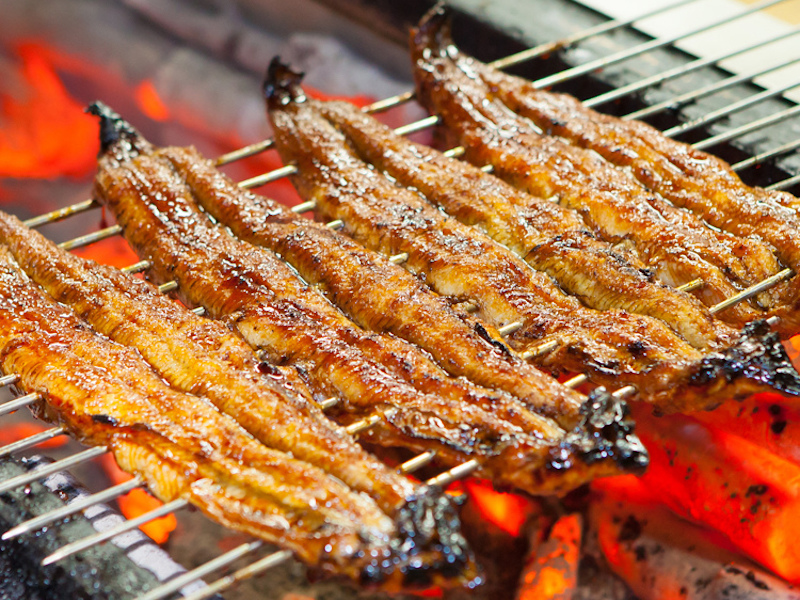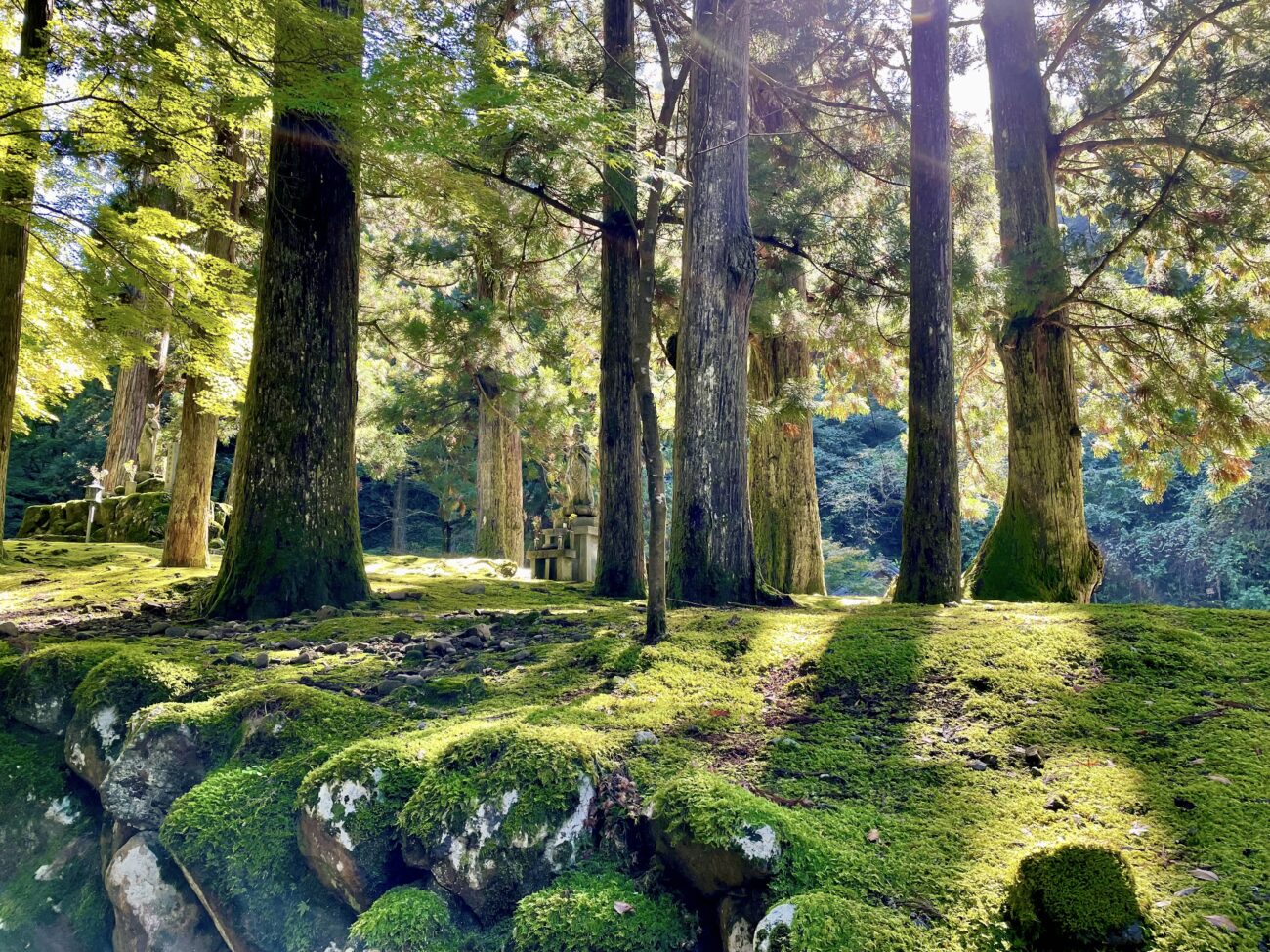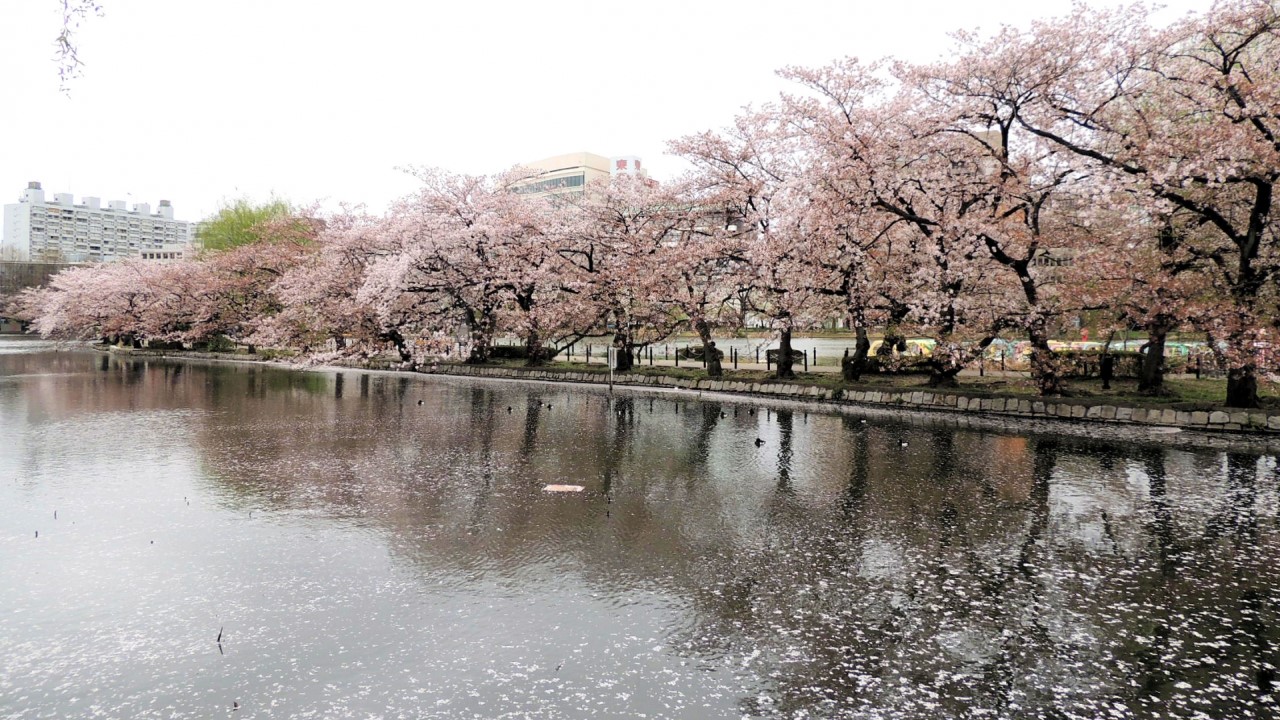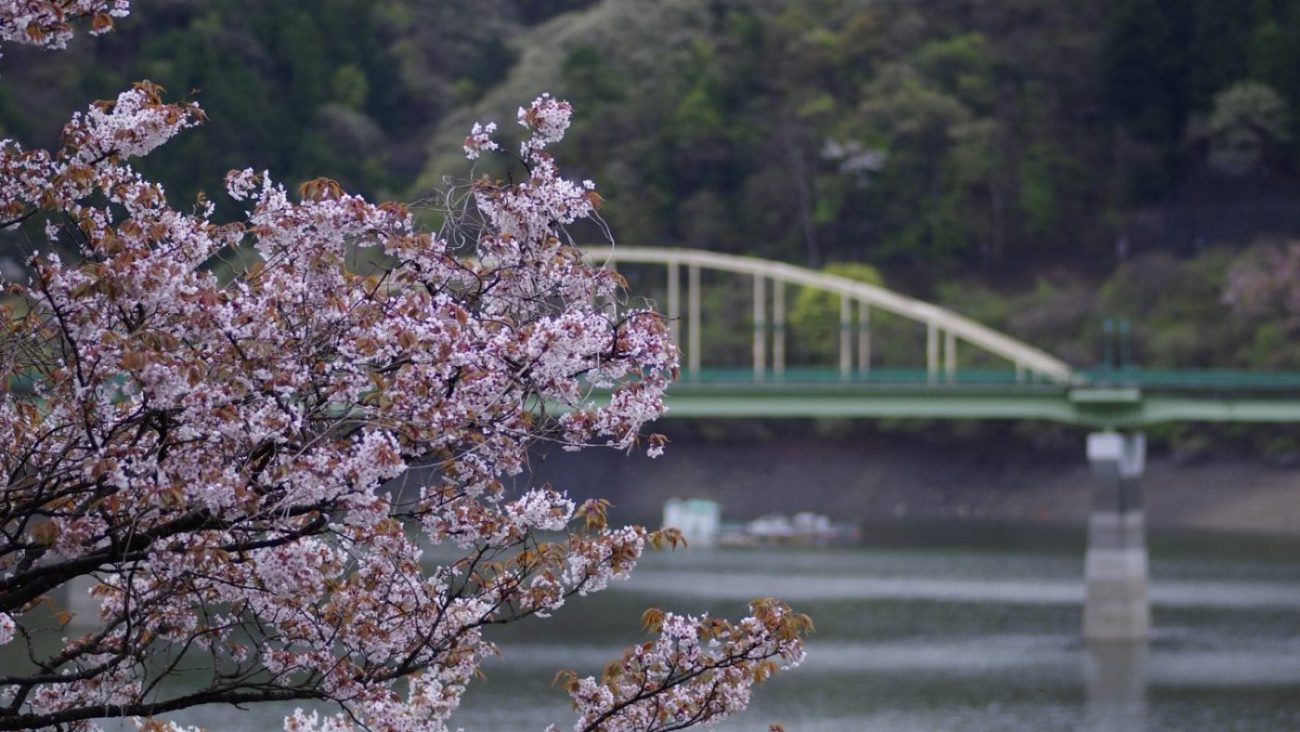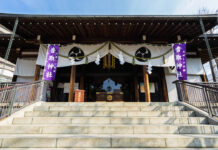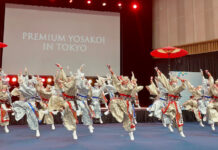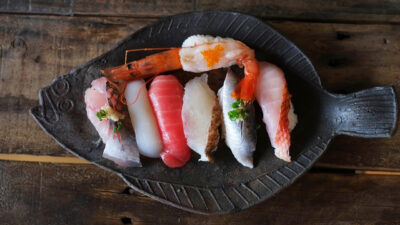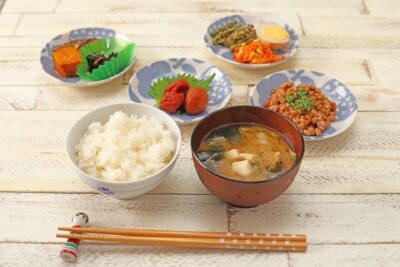Seafood has always been a staple of the Japanese diet thanks to the bountiful ocean that surrounds the island country, and unagi (eel) is no exception. Unagi harvested from freshwater is prepared in a traditional style known as kabayaki which has its roots reaching back all the way to the Genroku period (1688 – 1704). Contrary to the Kansai region’s method, which first slices open the belly of the unagi, in Edo, the process begins by splitting down the back and laying it flat. Skillfully halving the eel this way not only gives it that iconic Japanese look, but it also helps with the cooking process and keeps all that delicious, sweet sauce perfectly in place as the light, fluffy slices are skewered, broiled, steamed, flavored, and then finally grilled and flavored again.
Beating the Heat with a Healthy Bowl of Unagi
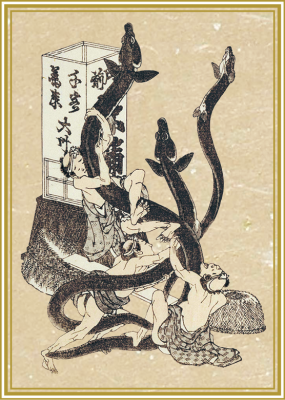
Unlike the fast food fashion of soba which appealed mostly to busy workers on the street looking for a quick meal, kabayaki was more of a delicacy and also found popularity among women and children who preferred to eat unagi away from the noisy atmosphere of typical sake-soaked establishments or casually grab a bite from the local food stalls. The most beloved dishes included broiled eel served with rice like unagi-meshi and una-ju, which is served a classy wooden box known as jubako.
Unagi fished right from Tokyo Bay still tickled the appetite of the working crowd though, thanks to its rich, energizing nutrients. It became common for the people of Edo to refresh their tired bodies in the heat of summer with a satisfying bowl of unagi. The concept was so widespread that a Hiraga Gennai, a prominent doctor and intellectual at the time, recommended a healthy serving of eel on what is called Doyo-no-ushi-no-hi — “the midsummer day of the ox” — during the hottest time of the year. Though the specific date changes each year, the event is still celebrated between late-July and early-August.
Mirin and Kabayaki’s Unique Seasoning
Of course, Kabayaki wouldn’t be complete without its signature sweet sauce that perfectly complements the grilled eel. Kabayaki sauce is also soy-based, but what gives it that irresistible sweet flavor is the addition of mirin which appeared in the Edo-period. Mirin is a kind of rice wine, similar to sake, that is low in alcohol and used for many cooking purposes. Its sweetness comes from the sugar that naturally forms during the fermentation process of the rice. To balance the flavor, Kabayaki is also seasoned with Japanese pepper called sansho. This dynamic combination helped grilled eel swim to the top as one of Japan’s favorite dishes.
*There are various theories.
Where to capture the sweet flavor of Edo-style grilled eel: Izuei
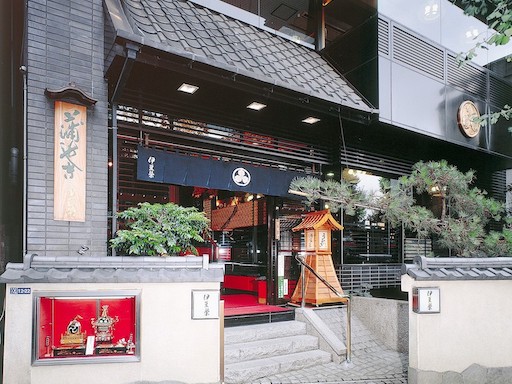
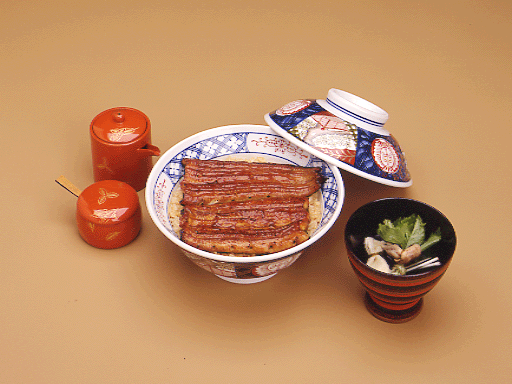
As the oldest eel restaurant in Ueno, IZUEI has earned its reputation over the years as being one of the best places to enjoy the taste and aroma of delicious kabayaki and other eel cuisine. When IZUEI first opened in the mid-Edo period, the restaurant’s eels were freshly pulled from the beautiful Shinobazu pond in Ueno that can still be viewed from the long-standing establishment’s windows today. Their dedication to preserving the traditional ways of old Edo shows from IZUEI’s charming-yet-classy traditional aesthetic to the very ingredients used inside their dishes. IZUEI never uses sugar to create that famous sweet flavor of kabayaki, and instead uses mirin made from the fermentation process of rice to sweeten its sauce. The result is a light, authentically flavored eel dish that looks just as incredible as it tastes. Una-don or Una-ju (grilled eel over rice) with clear kimosui (eel soup) is highly recommended. Okami-san, who graciously agreed to an interview with us, also recommended first tasting the eel before adding sansho to get a taste of the real flavor of their delicate kabayaki. Then try it again to discover a whole new sensation.
Address: (Main restaurant)2-12-22 Ueno, Taito-ku, Tokyo 4-34 Uenokoen, Taito-ku, Tokyo
Hours: 11:00am – 10:00pm (L.O.9:30pm)
Web: www.izuei.co.jp/en/
 0
0

